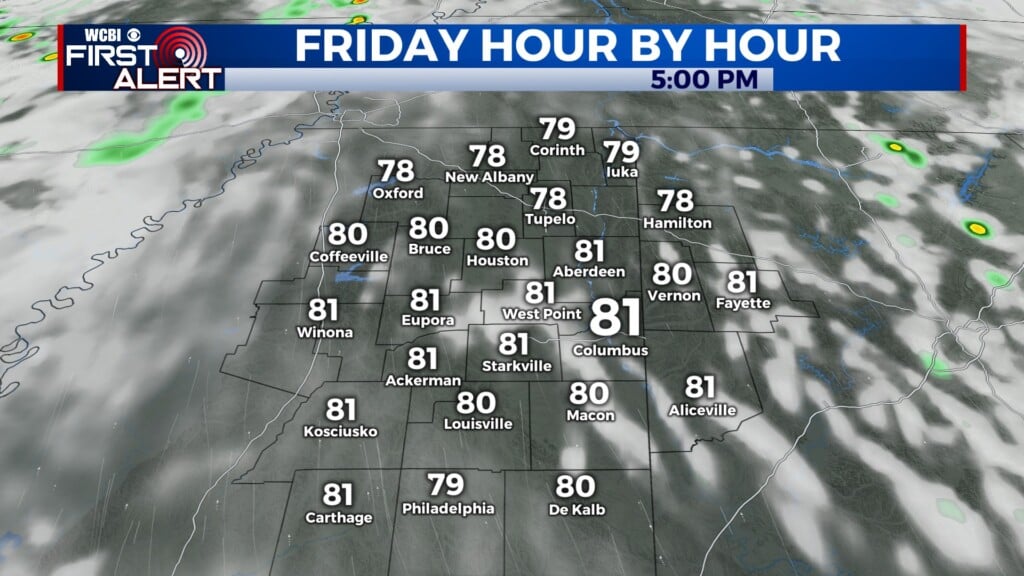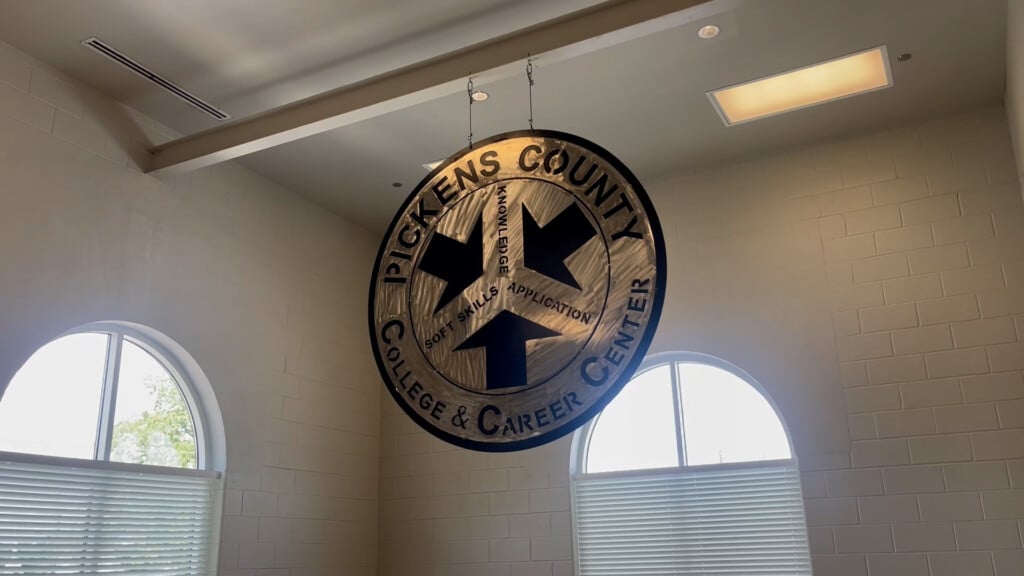Hurricane Irma – A Post Event Analysis
Irma was a hurricane that caused a lot of destruction across the southeast US and the islands of the Caribbean. As meteorologists we saw Irma coming well in advance of when it made landfall. In fact, Irma became a tropical storm nearly a week and a half before it made a US landfall. With so much media coverage and so much information, it could be very easy to get lost in what happened. Here I have created an “Irma Wrap-Up” summarizing the formation of the storm as well as what impacts it brought to the US and a bit about why our area had minimal impacts.
As I mentioned, Irma began as a tropical wave off of Cape Verde in Africa. A few days later that wave became Tropical Storm Irma, the 9th named storm in the Atlantic for 2017. She would continue to push off to the west and become a major hurricane, the second after Harvey just a few short weeks before. While Irma continued to track west, it went through several eye-wall replacement cycles in which a hurricane will go through a period of weakening before a period of rapid intensification or rapid strengthening.

Irma is tied for the second strongest storm that ever formed in the Atlantic when measured by wind speed.
Eventually Irma would become a Category 5 hurricane, the first of the Atlantic season. Irma would maintain this category 5 status for 3 days and 6 hours which ties the record for longest duration as a category 5 hurricane. In addition, Irma maintained winds of 185 mph which makes it tied for the 2nd strongest storm in the Atlantic when measured by wind speed.

Irma broke or tied several records in the Atlantic for strength and destruction
There were several other records that Irma set including records for strength/intensity, landfalls and amount of energy produced by a tropical cyclone. For more information on these records, please check out this list compiled by Colorado State University. On September 7th Irma made its first landfall with the island of Barbuda in the Caribbean. A few days and a few islands later, Irma was still a category 5 hurricane as it approached the northern coast of Cuba. Fortunately for the US, Irma stalled out over Cuba which meant that it weakened significantly before it began its well forecasted turn northward. When Irma made its first US landfall near Cudjoe Key, FL on September 10th it was a category 4 storm with sustained winds of 130 mph.

Areas in Florida saw wind gusts upwards of 100 mph.
A few hours later, it would make its second landfall near Naples Florida where a peak wind gust of 142 mph was recorded. Several other areas along the southwest coast of Florida recorded similar wind gusts of over 100 mph.

As Irma dissipated it’s winds dissipated as well. Gusts near the landfall were well over 100 mph, but once Irma was inland, top wind gusts were in the 50-60 mph range.
Once Irma was over land it rapidly fell apart becoming a tropical storm just 12 hours later. The winds and the rain continued bringing flooding rain to Georgia and South Carolina. The peak wind gust in South Carolina was 65 mph in Charleston and Atlanta measured a gust of 64 mph. In Alabama and Mississippi wind gusts were lower as Irma’s remnants had dissipated by the time they pushed this far west. The peak gusts in MS/AL were along the gulf coast as Irma was still a hurricane and tropical storm.

Tidal flooding also occurred. The hardest hit areas with regards to storm surge were along the northeast coast of Florida near Jacksonville.
Storm surge was also an issue for areas along the east coast of Florida, Georgia and South Carolina. With winds coming from the east, Irma’s winds pushed plenty of water against the coastline leading to tidal flooding in many areas especially near Jacksonville Florida. On the contrary, along the northern Gulf coast, winds from the north pushed water out to sea and some areas saw water levels drop 3-6 feet below normal low tide levels.

This stirring up of the water also brings up cooler water from the depths of the ocean. This upwelling shows on the departure from normal of Sea Surface temperatures as pockets of blue. Irma’s path as well as the areas where Harvey and Katia sat are easily highlighted on this map.
One phenomena that occurs with hurricanes and tropical systems is called upwelling. Upwelling occurs when the tropical system pulls in water from deeper parts of the ocean that are cooler than the water from the surface. This can be seen in the Sea Surface Temperature Departure from Normal map where Irma’s path as well as the paths of Harvey and Katia in the gulf are highlighted by the pockets of bright blue in the

Hurricanes stir up the water that they travel through. This can be seen as the sediment from the ocean is brought to the surface making the water around the coastline of Florida look murky on satellite.
sea of orange. This same upwelling phenomena stirs up sediment in the water especially in the shallower waters near the coastline. In the satellite picture from several weeks ago, along the Florida coast, the waters are undisturbed and show as a deep blue. In the more recent picture, the sediment has been perturbed and the nearby waters look lighter and murky.
Here in our area, effects from Irma were fairly minimal. The winds were fairly mundane. Sustained winds topped out around 20 mph and some saw gusts of up to 30 mph but this was nothing compared to what much of the southeast saw. We also received some rain, about 2 inches in Tupelo.

Our major impact was the cool and rainy Tuesday. Everyone in our area saw a record cool maximum temperature on Tuesday as the remnants of Irma sat over our region. Some of these records had stood for 50 years or more.

The highs on September 12th were cooler than the average low and were more reminiscent of highs in late November.
The big story for our area was how chilly it was. While the low temperatures Monday and Tuesday nights were only a few degrees below average, the highs were as much as 25 degrees below average. In fact Columbus, Starkville and Tupelo all saw record coolest high temperatures for September 12th. These records had all stood for several years and the Starkville record had stood since records began in 1891. The high of 63 degrees that all 3 stations observed was cooler than the average low for the date. These high temperatures were more indicative of late November instead of the middle of September. The cooler temperatures would remain in place through Wednesday but summer would return later in the week.

For Harvey we were in the right front quadrant which is generally considered the strongest and most dangerous area. Even though Harvey had weakened considerably by the time it reached us, the tornado threat was still very high, and we saw multiple spin up tornadoes in our region.
One of the biggest questions we received was why we had no severe threat for Irma similar to the threat from Harvey. The difference is in a hurricanes anatomy. When the remnants of Harvey moved over our region we ended up in what is called the Right Front Quadrant of the hurricane. Generally this is considered to be the strongest region of a hurricane. When making landfall, this is the area that usually sustains the most damage. The winds are the strongest because they are blowing the same direction as the storm is moving so the effects build upon one another. In addition, this area is the most favorable for spin up tornadoes and waterspouts. While Harvey had weakened significantly by the time it reached our area, the threat of tornadoes was still very high. The result was several tornado warnings and a few confirmed tornadoes for our area.

However, with Irma, we were in the left rear quadrant which is considered to be the weakest part of the storm with the lowest tornado threat.

Once Irma made landfall it was sheared apart and very little rain was left on the back half of the storm.
On the contrary, for Irma we were in the Left Rear Quadrant which is considered the weakest part of the storm. Generally this quadrant sustains the most wind shear which tears storms apart. This was especially evident with Irma as there was essentially no rain on the back side of storm. This quadrant also had the weakest winds and the lowest tornado threat. In addition, by the time Irma had made it to our region it was no longer considered a tropical system. It was just a remnant low circling over the northern portion of Mississippi.
Please contact Amanda Reynolds at areynolds@wcbi.com with any comments, questions or concerns.






